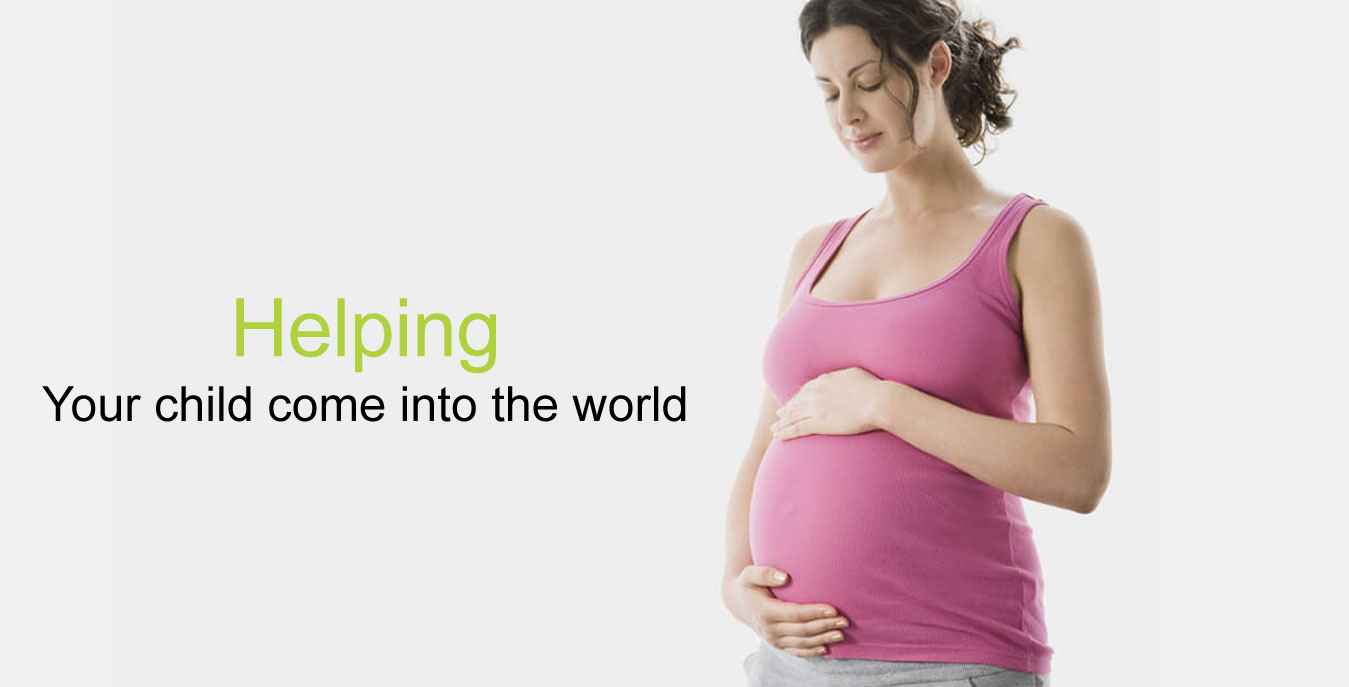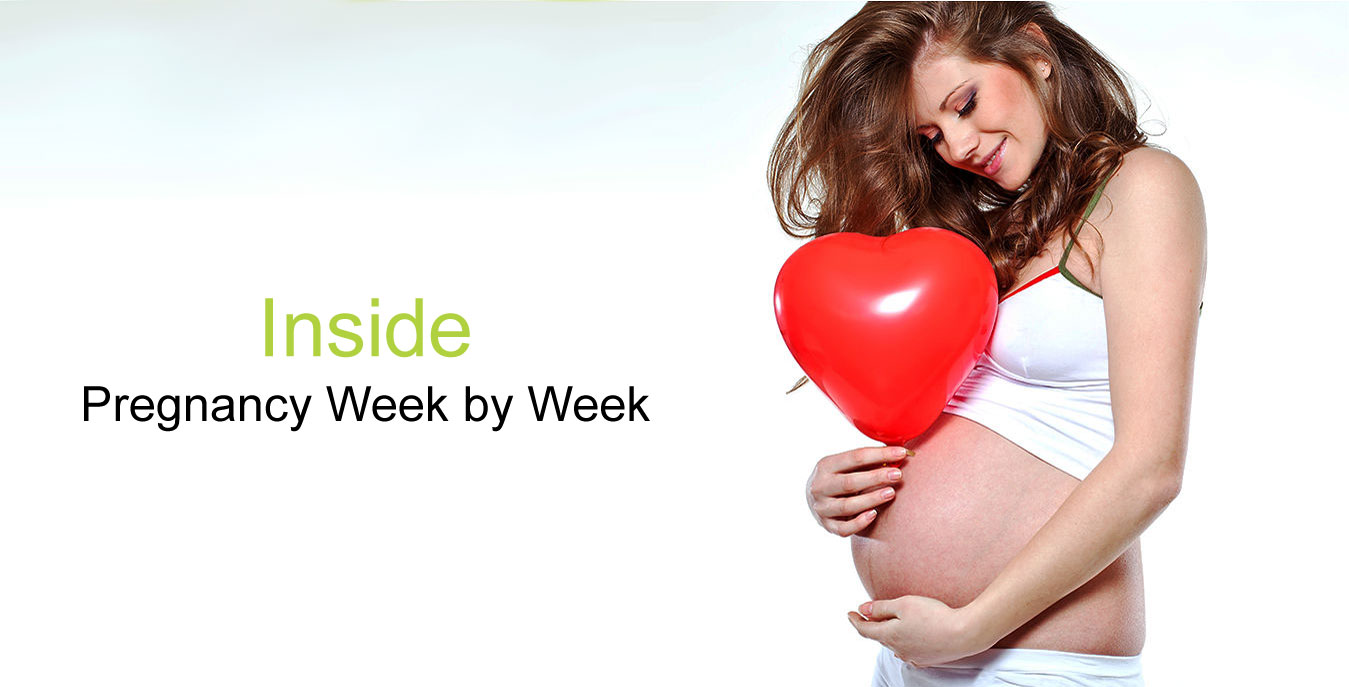What is HPV?
Human PapillomaVirus is a very common infection that can be spread through sexual contact. Studies suggest that three of every four people who have sex will get a genital HPV infection at some point in their lives. Sexually transmitted HPV can be spread through vaginal, anal, and oral sex. Some types of HPV can cause cancer of the cervix, vulva, vagina, and penis.Genital warts are not usually linked with cancer. To lower your risk of developing HPV, limit your number of sexual partners and use condoms. If you are between the ages of 9-26, you should have the HPV vaccine to help protect you from infection. Regular pap tests are the best way to prevent precancer and cancer of the cervix.
What is Premenstrual Syndrome (PMS)?
Premenstrual syndrome (PMS) is a term used to describe the abnormal symptoms many women experience one to two weeks before the beginning of their period. Physical symptoms, accompanied by mood swings and depression, are the classic signs. PMS symptoms can occur any time after ovulation, approximately two weeks after the beginning of your period. Ways to decrease incidence of PMS symptoms include: decrease caffeine, avoid salt, avoid sugar, stop smoking, decrease alcohol intake, increase calcium, increase exercise, increase magnesium. All PMS symptoms should disappear rapidly once menstruation begins.
 What is Polycystic Overian Syndrome? What is Polycystic Overian Syndrome?
Polycystic Ovarian Syndrome (PCOS) is one of the leading causes of female infertility and is associated with long-term health risks of heart disease and diabetes. Three features of PCOS are
1) enlarged ovaries containing multiple, small cysts;
2) excess androgens (male hormone); and
3) chronic amenorrhea (missed periods).
Symptoms include: hirsuitism, irregular/lack of ovulation, obesity, acne/oily skin, infertility, ovarian cysts, insulin resistance, and hair loss.The diagnosis is made through a careful history of symptoms along with physical findings, blood work and ultrasound testing. There is no cure for PCOS. The treatment of PCOS is generally symptomatic and centers on life-style modifications and medication.
What is Cervical Dysplasia?
Cervical dysplasia is a term used to describe the appearance of abnormal cells on the surface of the cervix, the lowest part of the uterus. These changes in cervical tissue are classified as mild, moderate, or severe. While dysplasia itself does not cause health problems, it is considered to be a precancerous condition. Left untreated, dysplasia sometimes progresses to an early form of cancer known as cervical carcinoma in situ, and eventually to invasive cervical cancer. Mild dysplasia is the most common form, and up to 70% of these cases regress on their own (i.e., the cervical tissue returns to normal without treatment). Moderate and severe dysplasia are less likely to self-resolve and have a higher rate of progression to cancer. The greater the abnormality, the higher the risk for developing cervical cancer.Cervical dysplasia does not cause symptoms; therefore, regular screening and early diagnosis are important. Detecting and treating dysplasia early is essential to prevent cancer. For this reason, most physicians quickly remove suspicious cervical lesions and require frequent Pap smears to monitor for recurrences.
What is ENDOMETRIOSIS?
Normally, during the menstrual cycle tissue builds up and breaks down within the uterus. In endometriosis, endometrial tissue (tissue from the lining of the uterus) is found outside the uterus. During the menstrual cycle this tissue builds up and breaks down in the same way but there is no way for it to leave the body. Women with endometriosis have symptoms ranging from mild to severe, although some women have no symptoms at all. Symptoms can include menstrual cramps, pain during sex, low back pain, constipation, pain with bowel movements, and infertility. Some women have chronic pelvic pain. Symptoms are usually at their peak just prior to and with the menstrual period.When your medical history and exam suggest endometriosis as a possibility, a laparoscopy may be offered to diagnose endometriosis. Endometriosis is usually treated with medications first and if that is unsuccessful possible surgery.
What are FIBROIDS?
Fibroids are benign growths that develop from the cells that make up the muscle of the uterus. The size and location of fibroids can vary greatly. They may appear inside the uterus, on its outer surface, or within its wall.The two most common symptoms are abnormal uterine bleeding and pelvic pressure. Menstrual periods with fibroids may be very long and very heavy. There may be pressure in the pelvic region from the enlarged uterine size caused by the fibroids. However, many women with fibroids never have any symptoms at all.If you have uterine fibroids you should be checked by your doctor on a regular basis. Getting regular checkups and being alert to warning signs will help you be aware of changes that may require treatment.
What is high-risk pregnancy care?
It is the situation when there are complications endangering the health of the mother or the baby or both. The critical condition is best managed by a consultant obstetrician and gynecologist and others to ensure favorable conditions of the mother and the baby. It may spring up due to various reasons including medical health condition of the mother during pregnancy, maternal age and so on.
What is the scope of geriatric gynecology?
Women become vulnerable at the growing age and suffer several gynecological problems, which should be treated by specialist gynecologist. The normal lifestyle is hampered with certain problems such as physical inability, sensory deficits, uterine incontinence, and cognitive impairment and so on.
What is laparoscopy?
Laparoscopy is an operation done to look inside your abdomen with a thin instrument called a laparoscope. Through small holes in your tummy, the doctor looks, examines and operates (if needed) without making large cuts.
What are the advantages of a laparoscopic surgery?
In conventional surgery a long incision is made to gain entry into the abdominal cavity and operate. This result in increased post-operative pain, longer stay in hospital, delayed recovery, long and ugly scars, higher chance of wound infection and a higher chance of hernia. The incidence of all these are considerably reduced by a laparoscopic surgery.
What is to be expected after a laparoscopy surgery?
There may be some discomfort in the abdomen for a day or two after laparoscopy due to the presence of some carbon dioxide gas. If the surgery is uneventful, feeding can be started on the same day once the patient has recovered completely from the effects of anesthesia. Before you go home you will be given advice about caring for the surgical wounds and when you will need to come back for a follow-up appointment or to have stitches removed. Complete recovery may take longer if any surgery has been carried out. It is important to follow the advice of your surgeon about physical activity, rest and returning to work.
Does vaginal surgery really change the quality of life of suffering women?
Vaginal surgery is a great way to change the quality of life of women suffering from functional disorders. Vaginal surgery combines both labiaplasty and vaginoplasty to rejuvenate the look of the organ, which functions in an extremely improved way bringing emotional satisfaction to women. It helps incite confidence in the individual and also enhances self-esteem. The surgical procedure helps organize the shape and size of the vagina for improved satisfaction in sexual activities and also for experiencing improved quality of life. |




 What is Polycystic Overian Syndrome?
What is Polycystic Overian Syndrome?